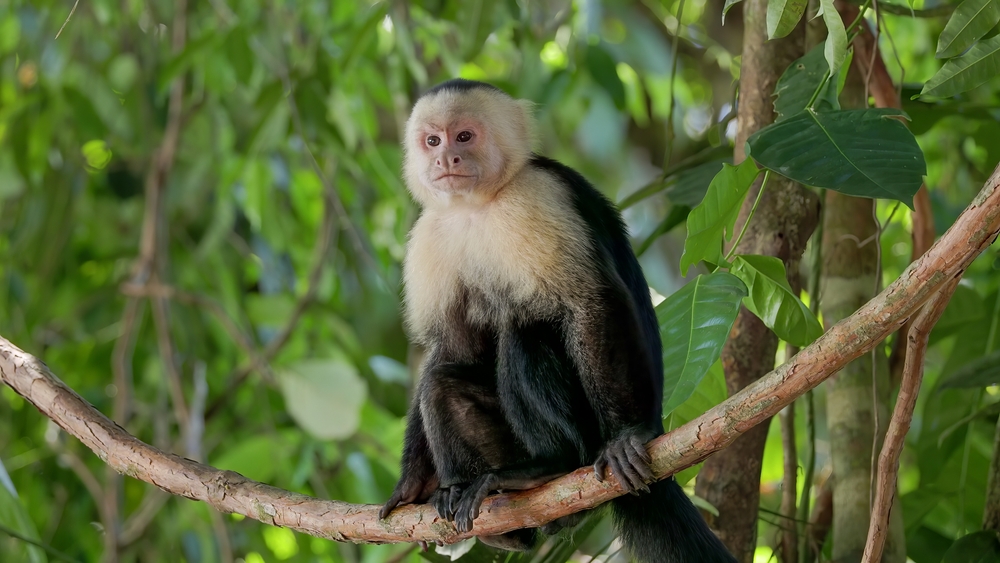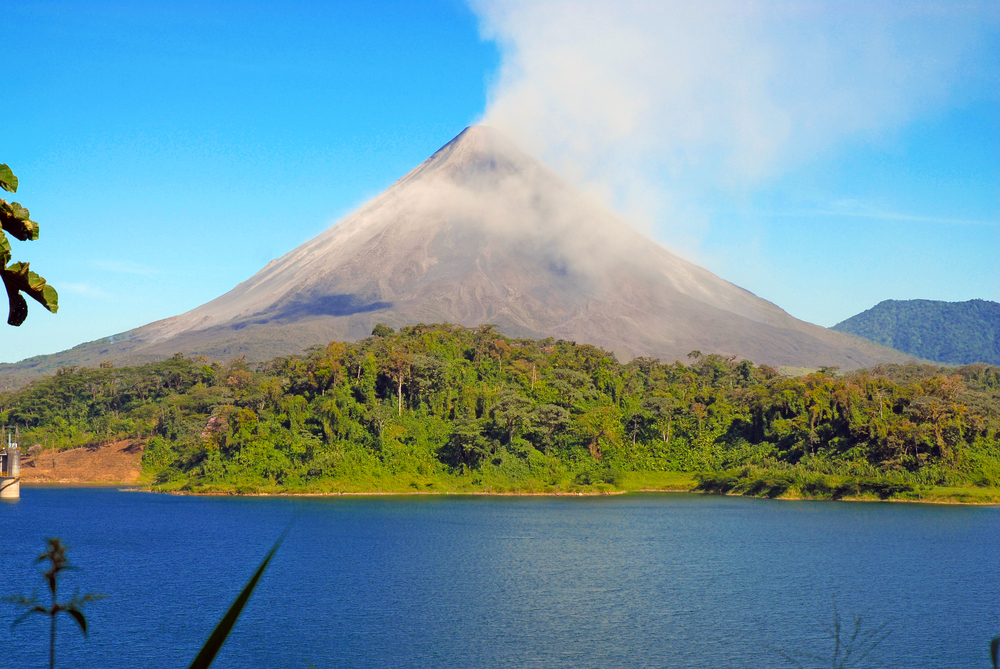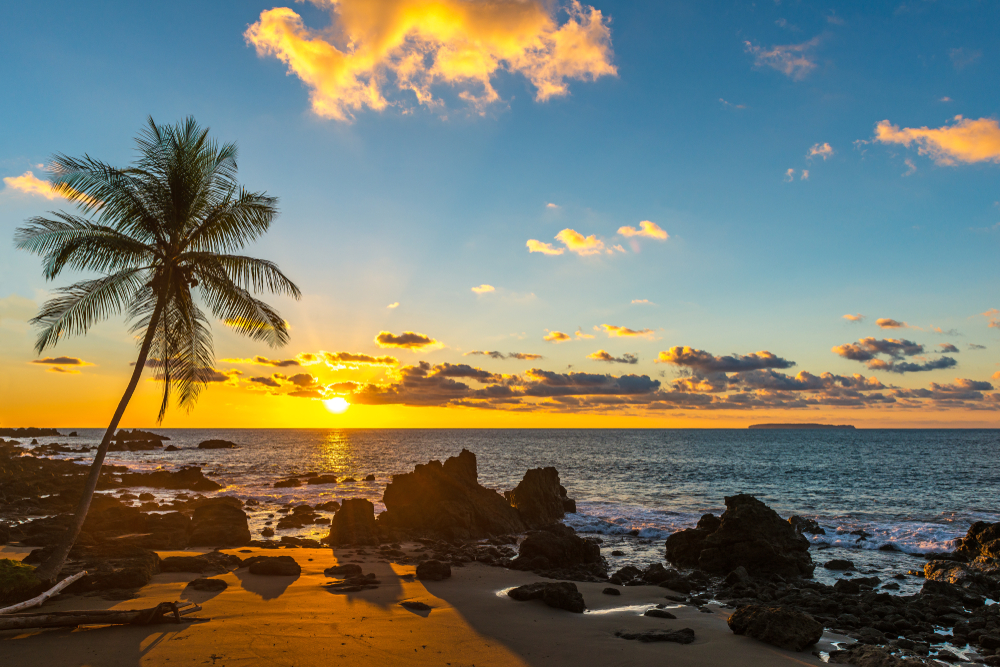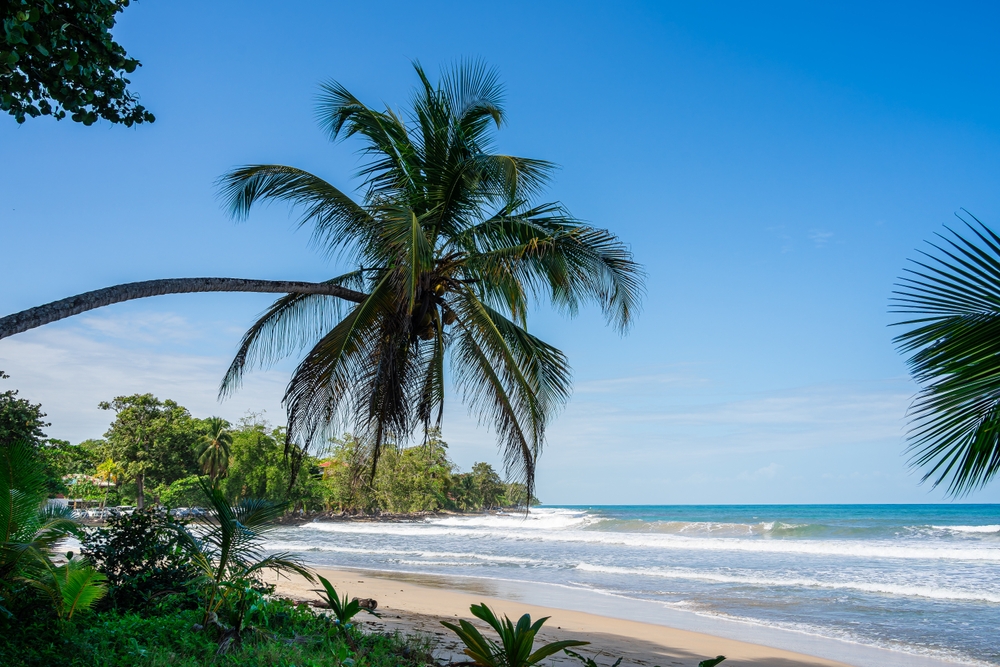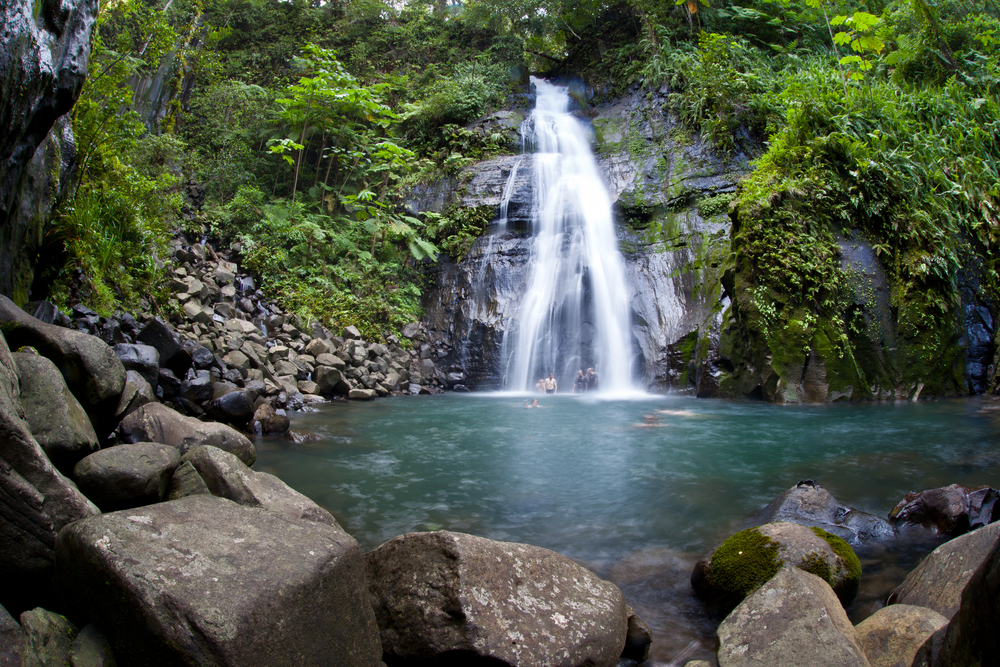Diria Overview
Diria National Park, known as Parque Nacional Diriá in Spanish, is a protected area in Costa Rica located in the Nicoya Peninsula of the Guanacaste Province.
Covering approximately 20.4 square miles (52.8 square kilometers), this national park is a lesser-known yet ecologically rich destination that preserves one of the country’s last remaining tropical dry forests.
The park is part of the Tempisque Conservation Area and was established to safeguard the unique biodiversity and watersheds of the region. While it does not receive as many visitors as Costa Rica’s more famous parks, it offers a tranquil retreat into a relatively undisturbed natural environment.
The landscape of Diria National Park is marked by rolling hills, deep valleys, and a mix of dry tropical forest and patches of moist forest in higher elevations. The park is known for its rugged terrain, with some of the most striking features being the Diriá and Tigre rivers that cut through the landscape, providing vital water sources for the local flora and fauna.
Seasonal waterfalls can be found throughout the park, particularly after the rainy season, creating picturesque settings amid the dense vegetation. The elevation varies from lower-lying dry areas to higher, cooler sections where the forest takes on a greener, more humid character. The plant life in the park is highly diverse, with towering trees such as the pochote, guanacaste, and ceiba, as well as numerous species of bromeliads, orchids, and epiphytes that thrive in the forest canopy.
Wildlife enthusiasts visiting Diria National Park have the opportunity to spot an array of mammals, birds, and reptiles native to Costa Rica’s dry forest ecosystem. White-faced capuchin monkeys and howler monkeys are commonly seen swinging through the trees, their calls echoing through the forest. Other notable mammals include coatis, white-tailed deer, and ocelots, though some of the more elusive species are rarely encountered.
The park is also a birdwatcher’s paradise, home to vibrant species such as the turquoise-browed motmot, long-tailed manakin, and the striking white-throated magpie-jay. Raptors, including hawks and owls, are frequently spotted soaring above the forest canopy in search of prey. The presence of amphibians and reptiles, including colorful poison dart frogs and iguanas, further adds to the park’s biodiversity.
One of the park’s most popular features is the Cerro Diriá, a prominent hill offering panoramic views of the surrounding landscapes and the Pacific Ocean in the distance. The trails in the park, though not as developed as those in more frequented national parks, provide a rewarding hiking experience through primary and secondary forests, leading to waterfalls, scenic overlooks, and areas of high wildlife activity.
Visitors often engage in birdwatching, nature photography, and guided hikes to learn more about the park’s unique ecosystem. The park’s remote nature makes it an ideal destination for those looking to experience Costa Rica’s biodiversity without large crowds.
Despite its ecological importance, Diria National Park faces conservation challenges, including deforestation and agricultural expansion in surrounding areas. The park was originally established to protect watersheds that provide fresh water to local communities, and ongoing conservation efforts focus on maintaining these water sources and restoring degraded habitats.
Successes in conservation include reforestation efforts and increasing awareness of the importance of preserving the dry forest ecosystem, which is one of the most endangered forest types in Central America. Local and national organizations continue to work towards sustainable solutions to ensure the long-term protection of the park’s diverse flora and fauna.








































































